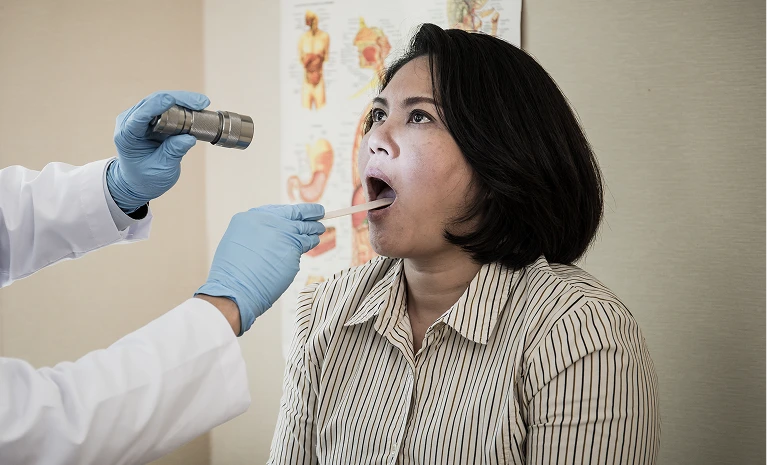If you wake up exhausted, snore at night, or feel like you’re running on fumes by 3 p.m., the issue may not be “bad sleep.” The root cause of the problem may be how you’re breathing while you sleep.
At Developmental Dentistry, our goal is to uncover the airway issues that disrupt deep, restorative rest. With custom oral appliances, we create space for better breathing so you can finally wake up rested, clear-headed, and present for your day. Custom oral appliances can be a great tool for restoring healthy, restful nights.
5 Quick Eye-Opening Insights from a Sleep Physician – Dr. Jamila Battle
Transformative impact of quality sleep on overall health
Simplifying diagnosis and treatment of sleep disorders.
Understanding the diverse underlying causes of sleep apnea.
Importance of addressing sleep issues early for optimal child development.
Health impacts and solutions related to breathing patterns.
Sleep appliance therapy involves custom-fitted oral devices that gently reposition your jaw and tongue to maintain an open airway during sleep. Unlike bulky CPAP machines, oral appliances are comfortable, discreet, and highly effective for treating mild to moderate obstructive sleep apnea and chronic snoring.
Wake up refreshed, energized, and mentally alert.
Reduces risks associated with untreated sleep apnea such as high blood pressure, stroke, diabetes and dementia.
Decreased fatigue, better mood stability, and improved cognitive function.
An effective alternative to CPAP therapy—portable, quiet, and easy to maintain.

Our thorough evaluation process includes:
Sleep-disordered breathing isn’t just an adult concern. Dr. Battle emphasizes the critical role sleep plays in childhood development. Our practice can help children experiencing restless sleep, snoring, and other signs of compromised sleep quality. The goal of our treatments is to ensure optimal developmental outcomes and lifelong health.
Dr. Monica Kim
Dr. Jamila Battle
Dr. Shanley Hamby
Dr. Monica Kim
Dr. Jamila Battle
Dr. Jamila Battle
At Developmental Dentistry, we don’t just treat sleep disorders. We provide clarity, comfort, and confidence, guiding you every step of the way towards healthier, rejuvenating sleep. Contact us today for your comprehensive sleep evaluation and personalized treatment plan.
